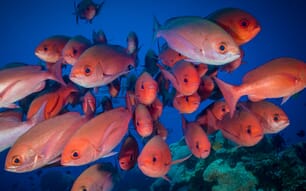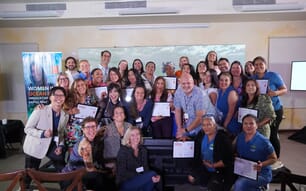Advances in methods for spawning adults, collecting spat, cultivating larvae and innovations in on-growing technologies have moved the industry forward, making it worth several tens of millions of dollars and providing employment to a large number of people.
One of the truisms of cultivation however, is that animals are generally grown under natural conditions and are thus subject to a range of attacks from predators, environmental change and diseases.
One group of parasites that has attracted international interest from scientists, regulators and the industry are commonly referred to as microcells due to their small size. Despite all the scientific advances, no treatment for these parasites exists and they continue to cause issues for the industry. The two main genera of concern for shellfish are Bonamia and Mikrocytos.
As a result of a workshop held in Lelystad, the Netherlands, in February 2012, fourteen papers, covering phylogeny, detection methods and epidemiology, as well as reviews of the two main genera, were written by experts in shellfish diseases and published in late July 2014 in the international journal Diseases of Aquatic Organisms. 
Around a third of these are freely available, with the others either being accessible behind a pay wall or by contacting the authors directly (see http://www.int-res.com/abstracts/dao/v110/n1-2/ for access information and a full listing of papers available).
As with most scientific papers, the often asked question is so what? Is there any value to the industry to be gleaned from these publications? Whilst some of what is written may be viewed as esoteric and of interest only to a select group of scientific geeks (I include myself in that list!), there is much to be learned.
The first paper by Marc Engelsma and colleagues provides an excellent overview of the current understanding of Bonamia species in bivalves. The paper discusses the different number of species present in bivalves worldwide, a theme that is later picked up by Kristina Hill and colleagues in the same issue.
Of most importance is that a raft of previously unidentified or mis-identified Bonamia species worldwide may in fact be the invasive and pathogenic B. exitiosa. This has major implications for restricting movements of oysters between countries and helps scientists understand where some of these translocations may have occurred in the past.
Mr Engelsma’s paper provides further information on the geographical and host distribution of Bonamia worldwide, as well as a review of the current methods used to identify the parasite, discussed in more detail by others in the journal.
The final sections of Mr Engelsma’s paper look at the thorny issue of resistance of the host to the parasite. It is clear that much work has been done in this area and much has yet to be done. Attempts to eradicate the disease once it is in a population do not generally work and the best approach to minimise its impact is to avoid transfer of infected stock into an area. An exciting development that is covered later is the possibility of genetically resistant oysters – however, these are normally oysters and their offspring that have been exposed to the parasite for a number of years.
The second review paper is on the lesser known, but equally important genus, Mikrocytos by Cathryn Abbott and Gary Meyer from Canada. The original parasite described in this group, Mikrocytos mackini (also known as Denman Island Disease) has been extensively studied since its first report in the early 1960’s. It has only been in the last year that scientists have fully begun to appreciate its position in the animal kingdom through the efforts of a number of researchers and indeed, until this year, M. mackini was the only described species in the genus.
Ms Abbott and colleagues describe a new species in this issue and report on other forms reported elsewhere whilst Andrea Ramilo and colleagues describe issues with a Mikrocytos infection in clams in Spain. 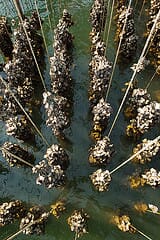
The review paper covers a multitude of subjects including the epidemiology and distribution of M. mackini as well as the diversity and taxonomy of the group, and provides an update on current methods for the detection of the parasite in its hosts. It is clear that much has been achieved in our understanding in the past fifty years, yet there is still a long way to go before it is eradicated, controlled and truly understood.
To further understand evolutionary links between the different microcells in bivalves, Mike Hine from New Zealand along with colleagues from the Americas and Europe, looked at ultrastructure aspects of these parasites. What is clear is that, whilst the technique has merit, interpretations of the results are confounded by subtle differences in hosts and the environment in which they occur.
The method allowed the scientists to discriminate the “northern” Bonamia ostreae from the antipodean B. exitiosa but differences between different isolates of B. exitiosa from around the world were more variable. It seems that the use of ultrastructure as a tool to separate these parasites has a way to go.
A modern approach to identifying parasites in histological tissue sections has been to apply specific molecular probes to the tissues to help localise and confirm their identity. These methods have been used previously for a number of different parasites and are now considered as mainstream for many studies.
Andrea Ramilo and colleagues from Spain describe a newly developed set of probes that allow them to readily identify B. exitiosa in tissue sections. Interestingly, they describe the unusual presence of the parasites, normally found in blood cells, in gonadal tissues.
The implication is that screening of oysters for the disease needs to include gonadal tissues but also that there is a potential for infections to be passed into the environment during spawning.
Grace Flannery and colleagues compare the ability of three different diagnostic laboratories using four different methods to identify Bonamia ostreae in oysters. Whilst the use of molecular techniques tended to be better at finding very low or cryptic infections, overall the methods and the labs were generally comparable.
The authors suggested that rather than rely on a single method for identifying infected animals, a combination of two methods was generally better. Of most interest was that the use of the relatively cheap and accessible method of examining staining heart smears was a good screening tool. 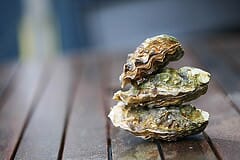
Five of the manuscripts consider the distribution of the parasite in oyster populations in Australia, Spain, Argentina, the United Kingdom and Ireland. Two long-term datasets collected in Ireland and the UK by Sharon Lynch and colleagues and by Ian Laing and colleagues respectively demonstrate the value in collection of decade’s worth of data.
What is clear is that whilst efforts to limit the spread of the disease in the UK by restricting oyster movements between zones, have been met with some success what is more exciting is that the data appears to show that over time oysters can begin to develop a tolerance or resistance to infections.
This gives hope to the industry that these diseases can maybe one day be controlled through selective breeding. Indeed a similar picture of reduced infection levels in Argentine Ostrea puelchana over time were noted by Erica Kissner and colleagues.
The concerns raised by Corinne Audemard and colleagues that Bonamia exitiosa infections may have limited the expansion of Asian oyster Crassostrea ariakensis aquaculture in the eastern US might one day be reduced through the selective breeding of these oysters to make them more resistant to infections.
So, what is the take home message? I think it is simple. Scientists, working with industry partners are finding increasingly clever ways to identify the parasites of concern but also, finding increasingly more ways that they can reduce the overall impact of infections through selective breeding.
Legislation, whilst sometimes unpopular, has helped in most cases to curb the spread of microcells. However, despite our best efforts, the parasites do continue to spread to different populations and cause issues. Only through the use of careful management, through continued study and through close observation can we hope to have a viable, long-term aquaculture industry for as long as we have so far.
July 2015
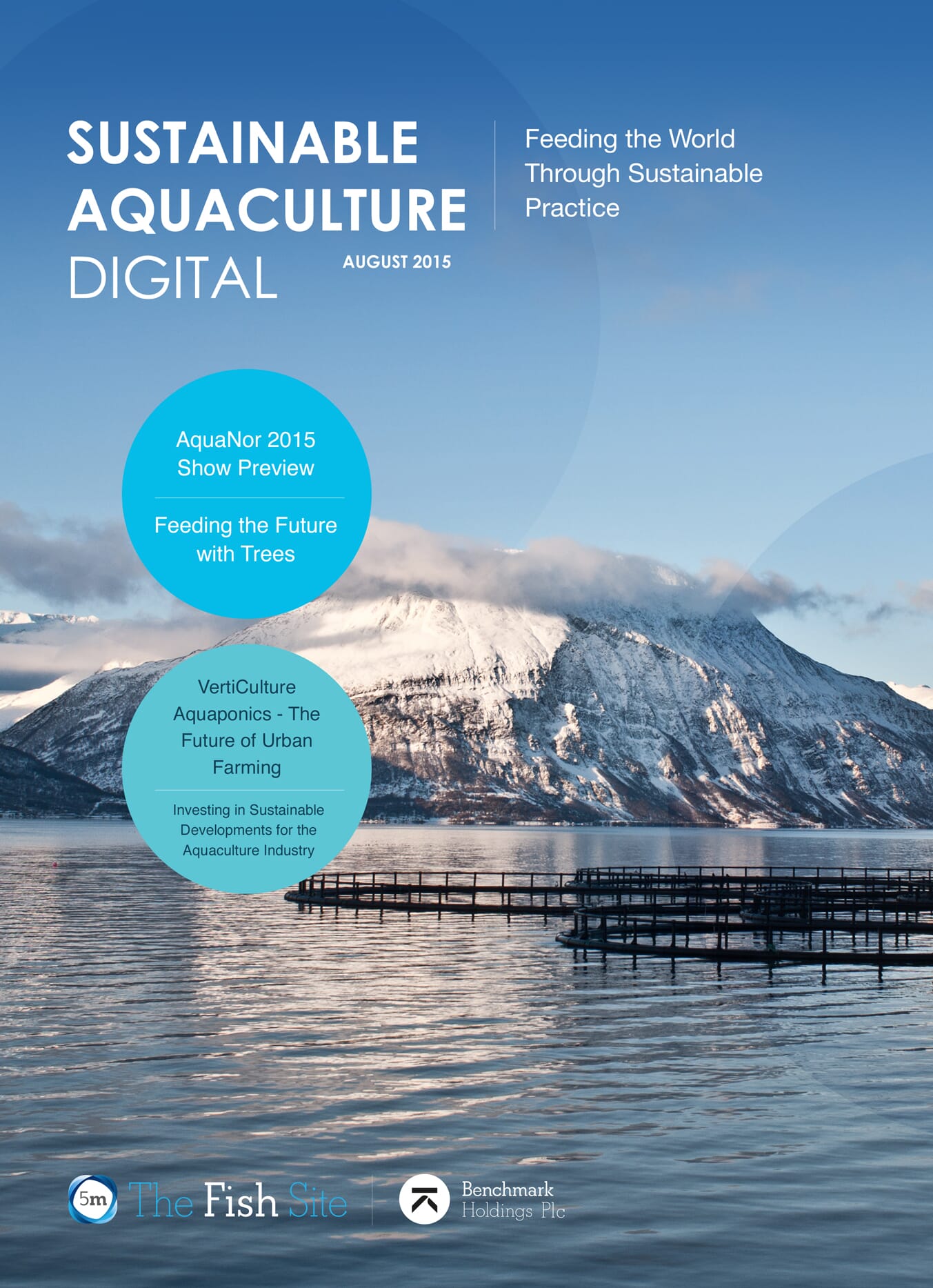 This article was taken from the February 2015 Sustainable Aquaculture Digital. To sign up for the August 2015 edition, please click here.
This article was taken from the February 2015 Sustainable Aquaculture Digital. To sign up for the August 2015 edition, please click here.


